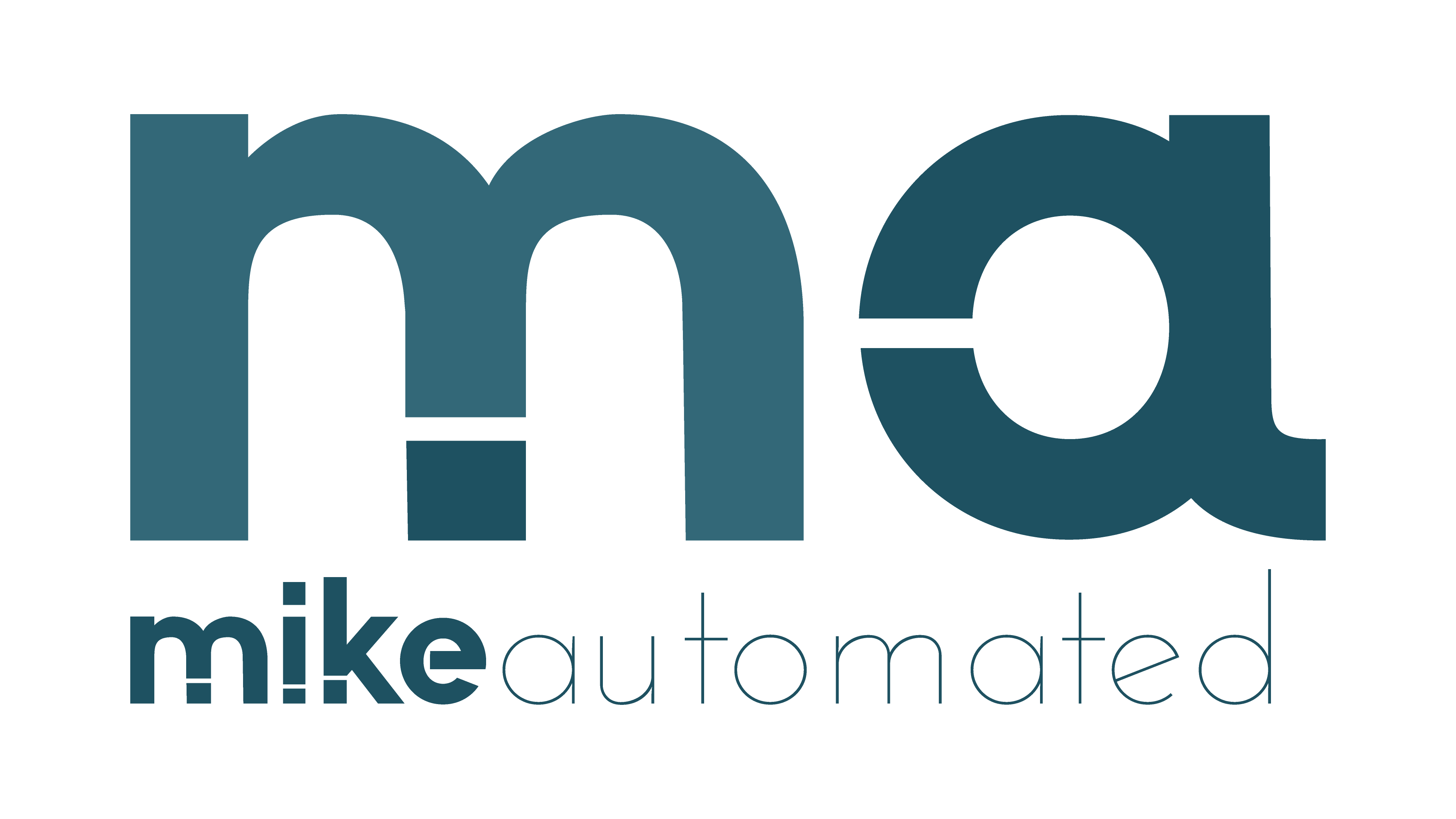TL;DR:
- AI analytics delivers deeper, real-time insights for marketers, enabling hyper-targeted strategies.
- Predictive analytics powered by AI reveals customer behavior trends, improving decision-making.
- Automation reduces manual tasks, letting marketers focus on strategy and creativity.
- AI tools personalize campaigns for better engagement and higher ROI.
- Integrating AI in marketing analytics boosts scalability and long-term competitiveness.
How AI is Transforming Marketing Analytics
Artificial intelligence (AI) is revolutionizing marketing analytics by offering real-time data processing, predictive capabilities, and automation. Traditional analytics focused on past performance, but AI enables marketers to understand current trends and forecast future outcomes more accurately. For businesses aiming to stand out in competitive markets, adopting AI-powered marketing analytics isn’t just a trend—it’s the future.Key Benefits of AI in Marketing Analytics
1. Real-Time Insights for Faster Decisions
AI processes vast amounts of data in real time, allowing marketers to make quick and informed decisions. For example, brands can adjust campaigns instantly based on customer interaction data, such as click-through rates or social media engagement. This agility ensures campaigns stay relevant and effective, even as customer behavior shifts.2. Predictive Analytics for Customer Behavior
AI’s predictive analytics helps marketers anticipate customer actions, preferences, and pain points. By analyzing historical and real-time data, AI identifies patterns that indicate future behavior. For instance, e-commerce platforms use AI to recommend personalized product suggestions, predicting what a customer is most likely to purchase.3. Enhanced Personalization
Customers today expect personalization at every touchpoint. AI enables marketers to create hyper-personalized campaigns based on user behavior, demographics, and preferences. Personalized email subject lines, dynamic website content, and product recommendations driven by AI can lead to better engagement and higher conversion rates.4. Task Automation
AI tools automate repetitive tasks like data collection, segmentation, and A/B testing. This saves time and reduces human error. For example, AI can automatically analyze campaign performance and suggest optimizations, empowering marketers to focus on strategy instead of manual number-crunching.5. Improved ROI with Budget Optimization
AI tools optimize budget allocation by identifying high-performing channels and strategies. Marketers can use AI to allocate spending where it will have the most impact, resulting in better ROI. For example, programmatic advertising platforms leverage AI to bid on ad placements that are most likely to convert.Real-World Applications: AI in Action
AI-powered tools like Google Analytics 4, HubSpot, and Salesforce Marketing Cloud are already transforming how businesses approach analytics. Here are a few examples:- Social Media Listening: AI analyzes social media conversations to gauge sentiment, identify trends, and fine-tune messaging.
- Email Marketing: AI optimizes subject lines, send times, and content for maximum engagement.
- Chatbots: Integrated with analytics, chatbots provide personalized customer interactions while gathering valuable insights.
Challenges and Limitations
Despite its advantages, implementing AI in marketing analytics comes with challenges. Data quality is crucial; poor or incomplete data can lead to inaccurate predictions. Additionally, AI-driven analytics requires investment in technology and talent. Lastly, ethical considerations, such as data privacy, must be addressed to build customer trust.How to Get Started with AI Analytics
For businesses ready to leverage AI in marketing analytics, here are actionable steps:- Assess Current Capabilities: Evaluate your existing data and analytics tools.
- Choose the Right Tools: Invest in AI-powered platforms like Adobe Analytics, Tableau, or Sprinklr.
- Train Your Team: Provide training on AI tools to ensure effective implementation.
- Start Small: Begin with a pilot project to test AI analytics on a specific campaign.
- Monitor and Iterate: Continuously analyze and refine your AI-driven strategies to maximize results.



